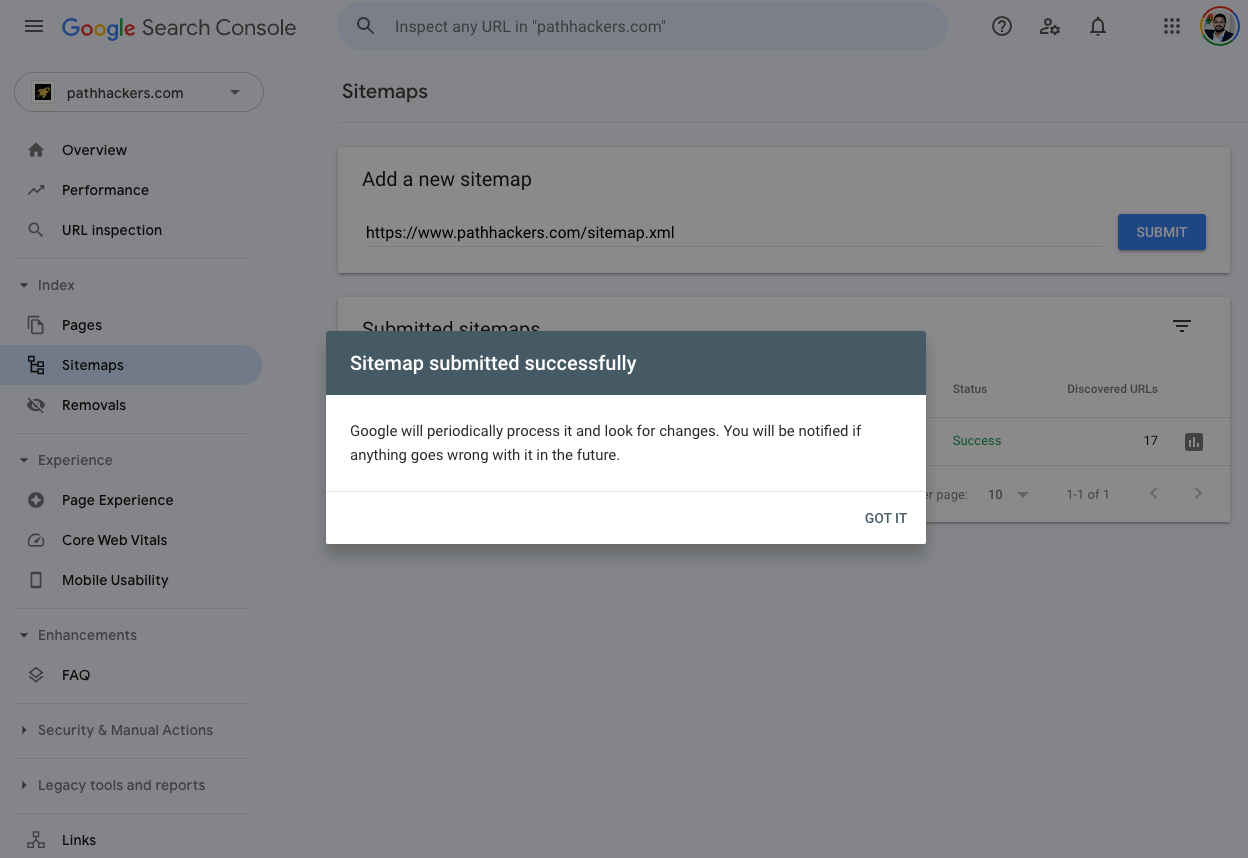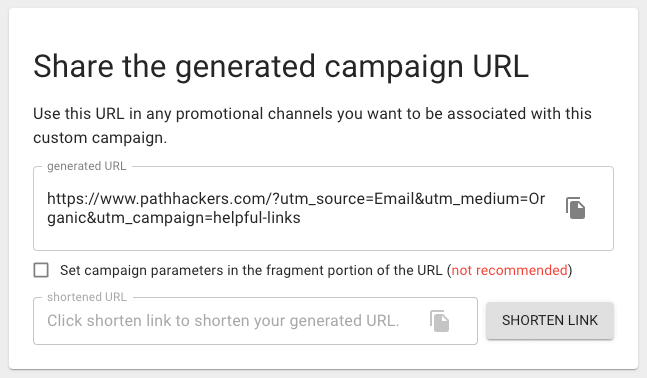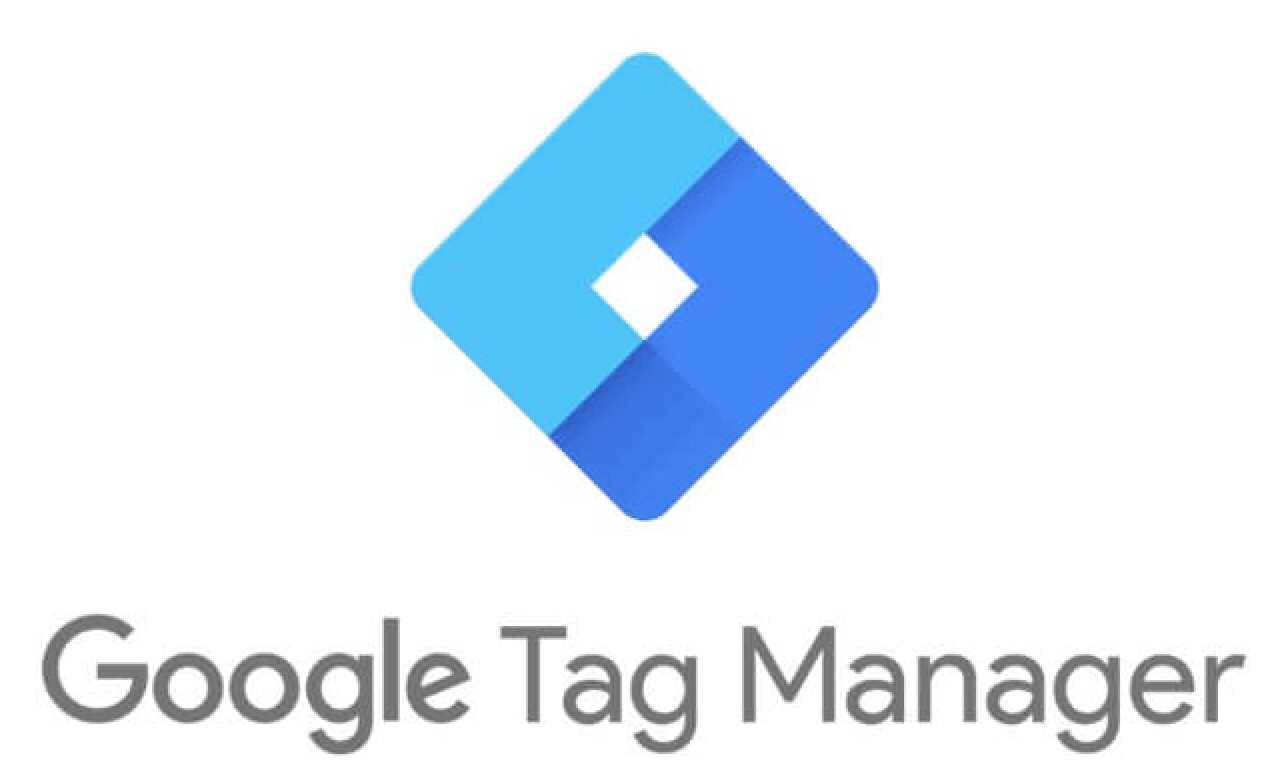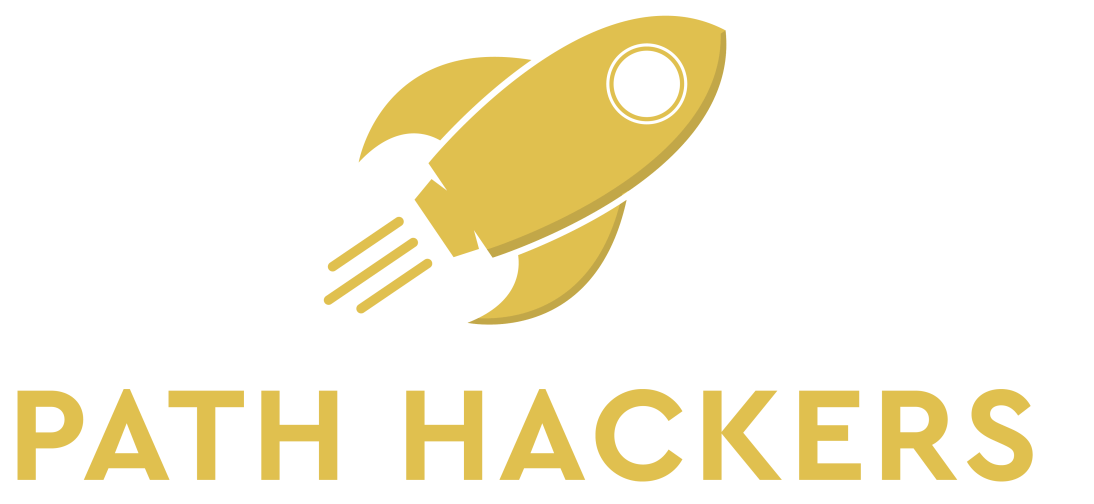What is an XML sitemap, and why is it important?
What is an XML sitemap, and why is it important?
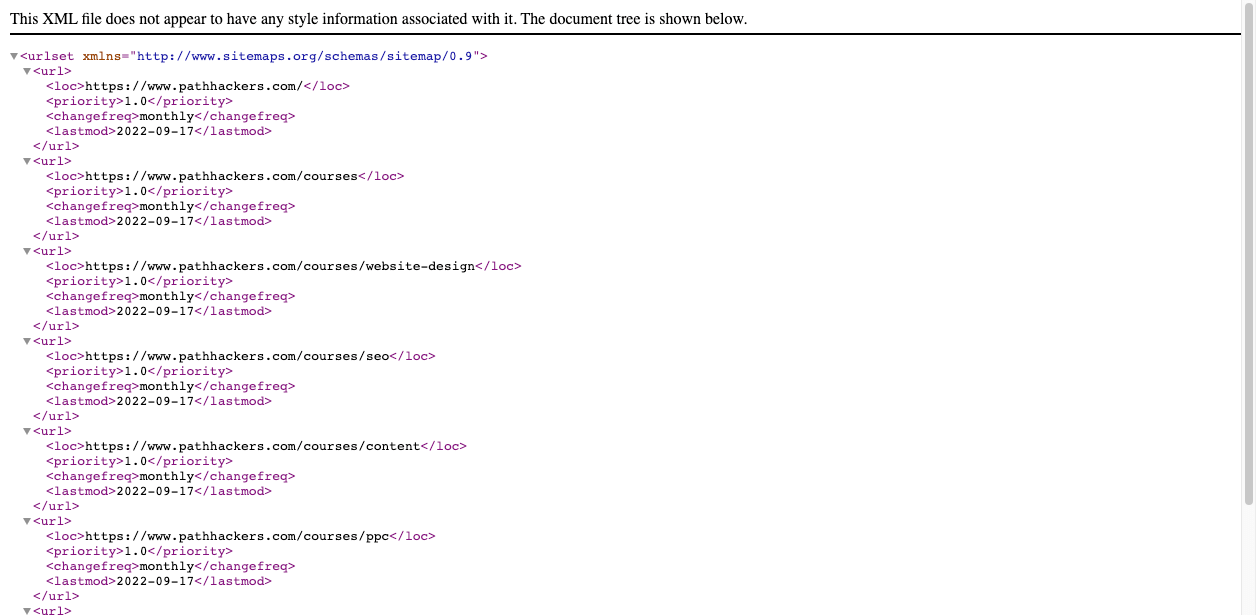
An XML sitemap is a file where you list all the pages, videos, and other files on your website. Search engines like Google use this file to crawl your website more efficiently.
An XML sitemap is important because it helps search engine crawlers find and index your content. It also provides valuable information about your website's structure, which can help search engines. Think of an XML sitemap as an index you find in the front of a book that gives you a skeleton of the entire book, its chapter, and the content topics. For websites, an XML sitemap is an index that helps search engines and crawlers what the website is about and all of the pages that are inside of it. This tells the search engine what your website is about and all of the important pages inside of it.
Creating and submitting an XML sitemap can help make sure that Google and other search engines index all the important pages on your website. If you have a large website with thousands of pages, an XML sitemap can help make sure that all of your pages get indexed. Your CMS or plugin like Yoast should automatically generate a sitemap for your website. To check your website sitemap. Type in yourwebsite.com/sitemap.xml Here is an example. https://www.paintersinphilly.com/sitemap.xml
If you don't see a sitemap for your website, go to and create an XML sitemap using an
XML sitemap generator for your website. Then follow the directions to download and upload it into the domain root folder of your website.
Why is an XML sitemap important?
Most web crawlers use an XML sitemap to find new and updated pages on a website. An XML sitemap is important because it helps search engine crawlers find and index your content. It also provides valuable information about your website's structure, which can help search engines. So creating and submitting an XML sitemap can help make sure that all of your website's pages get indexed.
When should I create a website sitemap?
You can create an XML sitemap after you have completed and published your website. Make sure that all of the pages you want to appear on google have been marked indexable. All CMS gives you the option to have your pages indexed or no-index. This means you want google to crawl the website and show it to users when they search for the page.
How to submit a website sitemap to search console
Take your website address with the sitemap.xml extension. It should look something like this https://www.yourwebsite.com/sitemap.xml
Once you have the xml.sitemap on your address bar, copy the sitemap address and open up the search console. In the left sidebar, click on "Sitemaps." Then at the top of the, under add a new sitemap, paste the copies sitemap URL. Click on submit, your sitemap should be ready to go. Google will periodically crawl your website and check for any new pages or changes to existing pages. To check if your sitemap is working, click on the sitemap address. You should see a list of all the pages that are on your website.
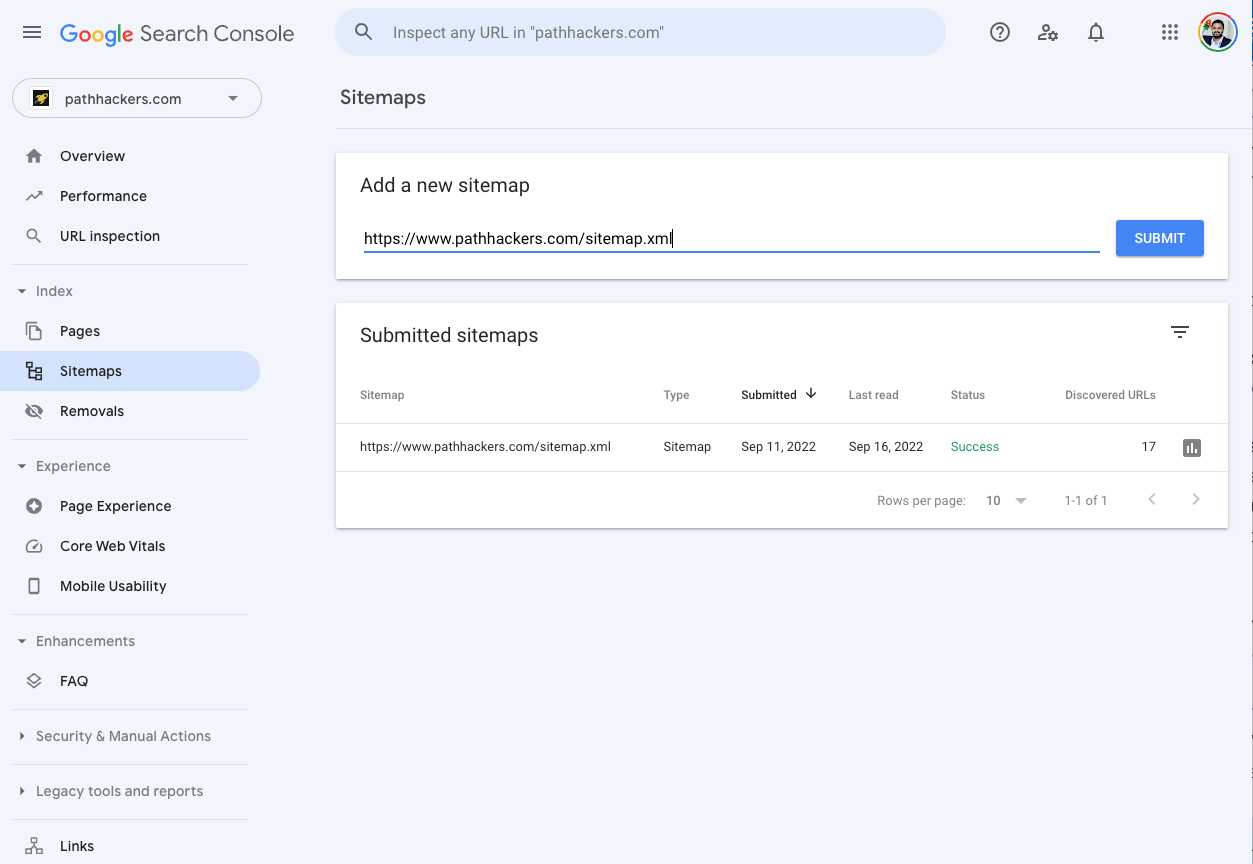
Do I need to create a new sitemap every time I update my website?
No, once you have successfully submitted the sitemap to the search console, any updates made to the website will automatically be added to the sitemap. You do not need to resubmit unless you make changes to the sitemap itself. If you add new pages, posts, or products to your website, these will be automatically added to your sitemap and picked up by search engines when they next crawl your site. If you delete pages, posts, or products, these will also be automatically removed from your sitemap.
